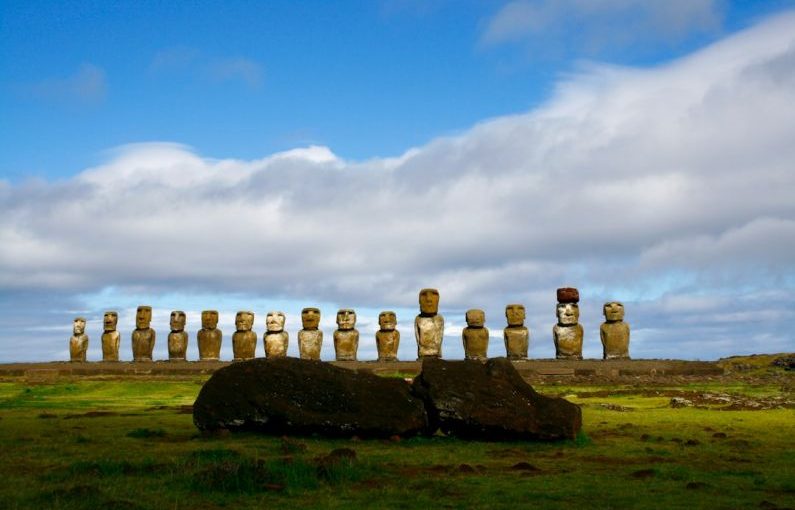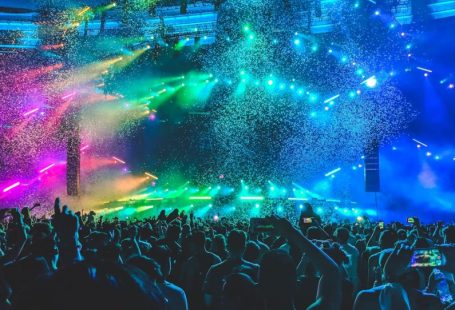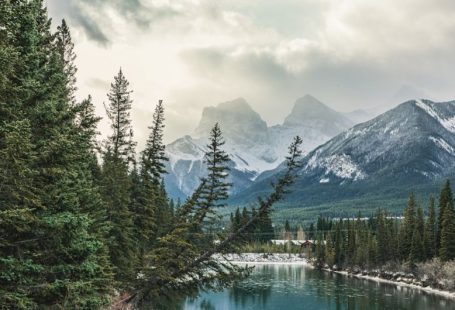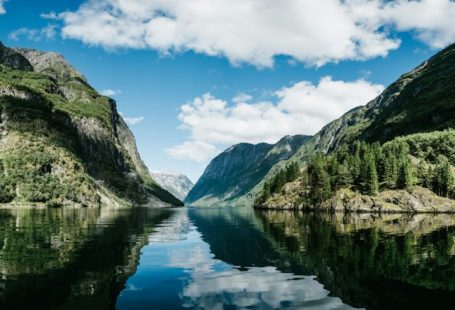The Mysterious Moai Statues of Easter Island, Chile
Nestled in the southeastern Pacific Ocean lies a remote and enigmatic island that has puzzled historians, archaeologists, and travelers alike for centuries. Easter Island, also known as Rapa Nui, is famous for its iconic Moai statues, massive stone figures that stand stoically gazing out into the horizon. These mysterious monoliths have captivated the imagination of people around the world, drawing them to this isolated island to unravel the secrets of its ancient past. Let’s delve into the fascinating world of the Moai statues and explore the enigmatic history of Easter Island.
The Enigmatic Moai Statues
Standing tall and proud, the Moai statues are the defining feature of Easter Island’s landscape. Carved from solidified volcanic ash known as tuff, these imposing figures range in height from a few feet to over 30 feet, with the largest Moai weighing as much as 82 tons. Despite their massive size, the Moai were meticulously carved with intricate details, including elongated ears, prominent noses, and solemn expressions.
The purpose of the Moai statues has long been shrouded in mystery. While some theories suggest that they were erected to honor ancestral chiefs or gods, others speculate that they served as markers for sources of fresh water or as protectors of the island. The true meaning behind the Moai statues remains a subject of debate among scholars, adding to the allure and intrigue of Easter Island.
The Ancient Civilization of Rapa Nui
Easter Island is believed to have been settled by Polynesian voyagers around the 13th century. These early inhabitants, known as the Rapa Nui, developed a sophisticated society that thrived on the island’s rich resources. They constructed elaborate stone platforms called ahu to support the Moai statues, creating ceremonial complexes that served as centers of religious and political activity.
At its peak, the population of Easter Island is estimated to have reached several thousand people, living in small villages scattered across the island. The Rapa Nui were skilled farmers, cultivating crops such as sweet potatoes, taro, and bananas in the fertile soil of the island. They also relied on fishing and bird hunting to supplement their diet, demonstrating a deep connection to the land and sea.
The Decline of Easter Island
Despite their ingenuity and resourcefulness, the Rapa Nui faced challenges that ultimately led to the decline of their civilization. By the late 17th century, deforestation and overexploitation of resources had taken a toll on the island’s ecosystem, causing a decline in food production and social unrest among the population. This period of environmental degradation and societal upheaval coincided with the toppling of many Moai statues, marking a dark chapter in Easter Island’s history.
The arrival of European explorers in the 18th century further disrupted the fragile balance of Rapa Nui society. Disease, slavery, and cultural assimilation brought by foreign contact decimated the indigenous population, leaving the island largely depopulated by the 19th century. The once-thriving civilization of Easter Island had all but disappeared, leaving behind only the silent guardians of the Moai statues as a testament to its past glory.
Unraveling the Mysteries of Easter Island
Today, Easter Island stands as a UNESCO World Heritage Site, drawing visitors from around the globe to witness the enigmatic Moai statues in person. Archaeologists continue to uncover new insights into the history and culture of the Rapa Nui, shedding light on the significance of the Moai and the legacy of this ancient civilization.
As we gaze upon the silent faces of the Moai statues, we are reminded of the resilience and creativity of the Rapa Nui people who sculpted these monumental figures. The mystery of Easter Island endures, beckoning us to explore its secrets and contemplate the enduring legacy of this remote and remarkable island.
In conclusion, the Moai statues of Easter Island stand as silent sentinels of a bygone era, a testament to the ingenuity and artistry of the Rapa Nui civilization. By unraveling the mysteries of these enigmatic figures, we gain a deeper appreciation for the rich history and cultural heritage of Easter Island, offering a glimpse into the extraordinary world of this remote and captivating destination.





